 |
| June 26, 2020 |
Dear Reader,
As Black Lives Matter demonstrations continue across the U.S., protesters are gearing up to protect themselves from tear gas, rubber bullets, stun grenades and other "less lethal" weapons used to control crowds—not to mention the novel coronavirus. One of our stories featured below shares what medical research says about how to stay safe. Also featured in today's roundup: In 2023 every U.S. land surveyor will finally be on equal footing. These engineers have long measured land with two versions of the unit, depending on which state they are in and whom they work for. And, our lead story is about an enormous dust cloud has finally hit the United States, after journeying 5,000 miles from the Sahara Desert across the Atlantic Ocean. |
| | Sunya Bhutta, Senior Editor, Audience Engagement
@sunyaaa | |
 |
| |
| |
| |
| |
| Policy & Ethics The Black Lives Matter Movement What began as a call to action in response to police violence and anti-Black racism in the U.S. is now a global initiative to confront racial inequities in society, including environmental injustice, bias in academia and the public health threat of racism. | | | | |
| Behavior & Society The Messenger Is the Message Behavioral scientist Stephen Martin and psychologist Joseph Marks talk about their book Messengers: Who We Listen To, Who We Don't, and Why. |  | By Steve Mirsky | 36:39 | | | |
| |
| Chemistry Science Briefs from around the World Here are some brief reports about science and technology from around the planet, including one about a 70-million-year-old mollusk fossil that reveals years back then had a few more days than we have now. |  | By Sarah Lewin Frasier | 01:50 | | | |
FROM THE STORE
 | | Your Brain in the Smartphone Age According to recent headlines, today's device-wielding teens are socially, emotionally and cognitively doomed. Reality, however, is not so clear cut. In this eBook, we've gathered what science has to say about the effects of smartphones and social media use on teenagers, as well as its effects on thought processes and relationships and its potential as a tool to monitor mental health. |  | | |
| |
FROM THE ARCHIVE
 | | | |
LATEST ISSUES
 |
| |
| Questions? Comments?  | |
| Download the Scientific American App |
| |
| |



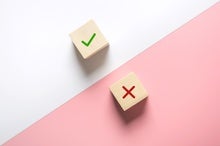

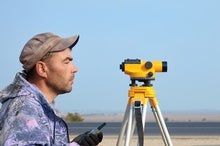

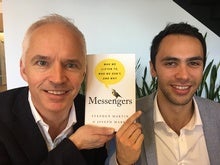

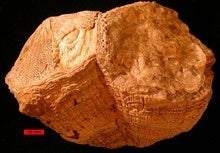





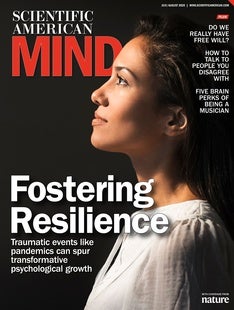
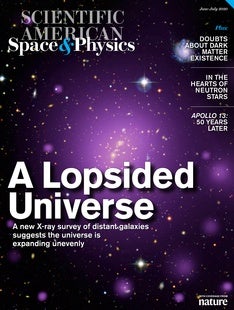
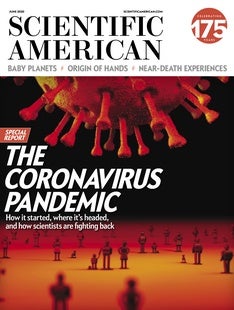



Comments
Post a Comment